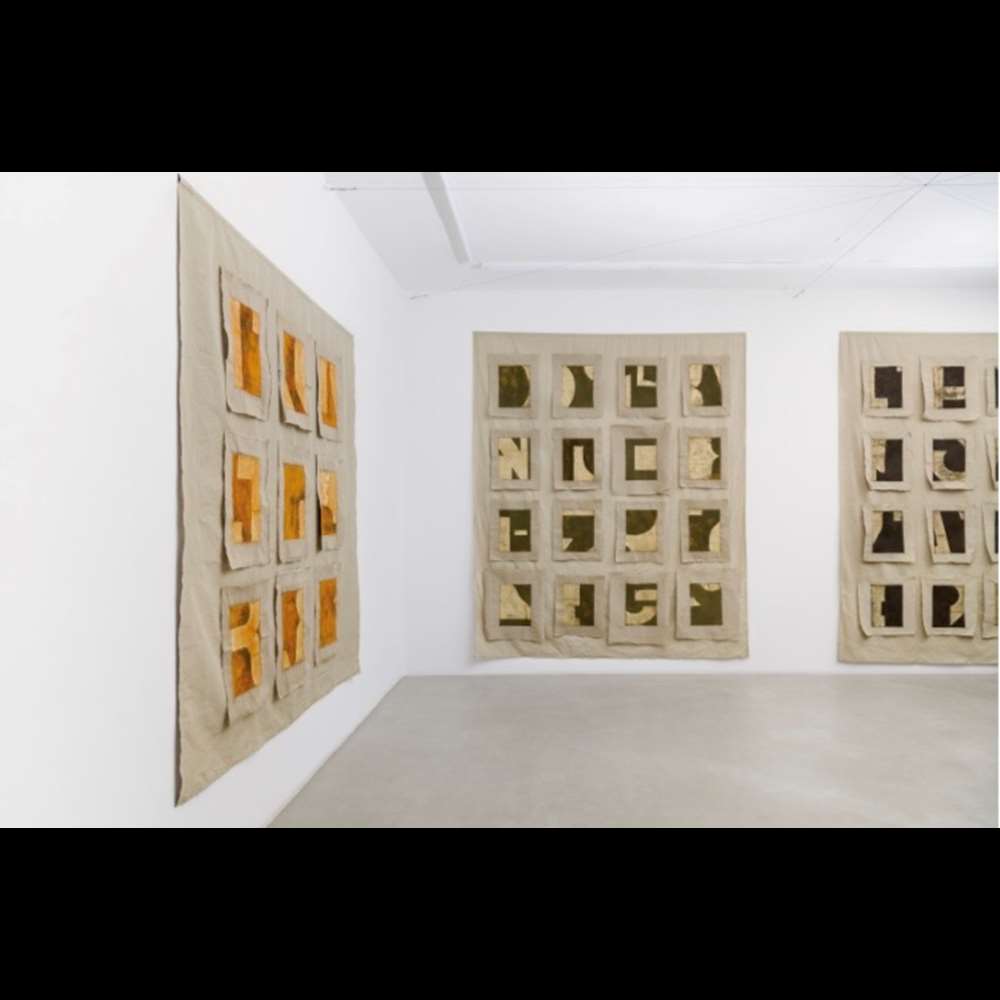1. What are the foundations of your research (Art Identity)?
Only one foundation: Art is useless because it has nothing to do with the useful; it is essential and it cannot not be.
2. Who are the artists who have guided you in your research? ‘Zuccaro’ (not the Mannerist, but a painter interned in the asylum of Lecce in the 1960s) and Olivuccio di Ciccarello da Camerino
3. Define yourself as a human being using three adjectives.
Human Too Human
4. According to your vision, where is contemporary art going and where would you like it to go?
Art does not go, Art comes: suddenly, with trembling.
2. Who are the artists who have guided you in your research?
‘Zuccaro’ (not the Mannerist, but a painter interned in the asylum of Lecce in the 1960s) and Olivuccio di Ciccarello da Camerino
3. Define yourself as a human being using three adjectives.
4. According to your vision, where is contemporary art going and where would you like it to go?
Art does not go, Art comes: suddenly, with trembling.
Ferruccio Ascari (1949) lives and works in Milan. In the mid-seventies, after graduating in Philosophy, he began his artistic career. His beginnings see him engaged in site specific installations and the contamination between visual arts and the arts of the time (music, dance, performance), but also in painting and sculpture, with an openness towards the different languages of art that characterizes his entire artistic career. From the mid-1980s he concentrated on painting and sculpture, in particular on the fresco technique transferred to canvas. His work gained international attention with his participation in a special project of the Venice Biennale (1980), in the exhibition "Italian Art 1960-1982" (ICA Gallery, London, 1982) and, in the same year, in the Biennale Giovani Paris. In the following years, keeping the initial aptitude for the exploration of different linguistic territories constant, he carried on his work in a secluded way as an indispensable condition for him for an authentic artistic research.
Ferruccio Ascari's works have been exhibited in public and private institutions including: Venice Biennale; Gallery of Modern Art, Rome; Rotonda della Besana, Milan; Palazzo dei Priori and Pinacoteca, Volterra; Castel Sant'Elmo, Naples; Symposium international d'Art Performance, Lyon; ICA Gallery, London; Youth Biennale, Paris; Lenbachhaus, Munich; International Biennial of Graphic Art, Ljubljana; Museum der Stadt, Waiblingen; Museum of Modern Art, Ascona; Governor's Palace, Parma; BIAS (International Biennial of Sacred Contemporary Art of Religions and Beliefs of Humanity), Palermo; Museo del Novecento, Milan.
Massimo Acanfora, Beppe Bartolucci, Rossana Bossaglia, Cristina Casero, Franco Cordelli, Daniela Cristadoro, Maurizio Cucchi, Vittorio Fagone, Mara Folini, Nico Garrone, Helmut Herbst, Angela Madesani, Jennifer Malvezzi, Marco Marcon, Alda Merini, have written about his work. Vittorio Parazzoli, Marco Tagliafierro, Riccardo Venturi, Giorgio Verzotti, Marisa Vescovo.





